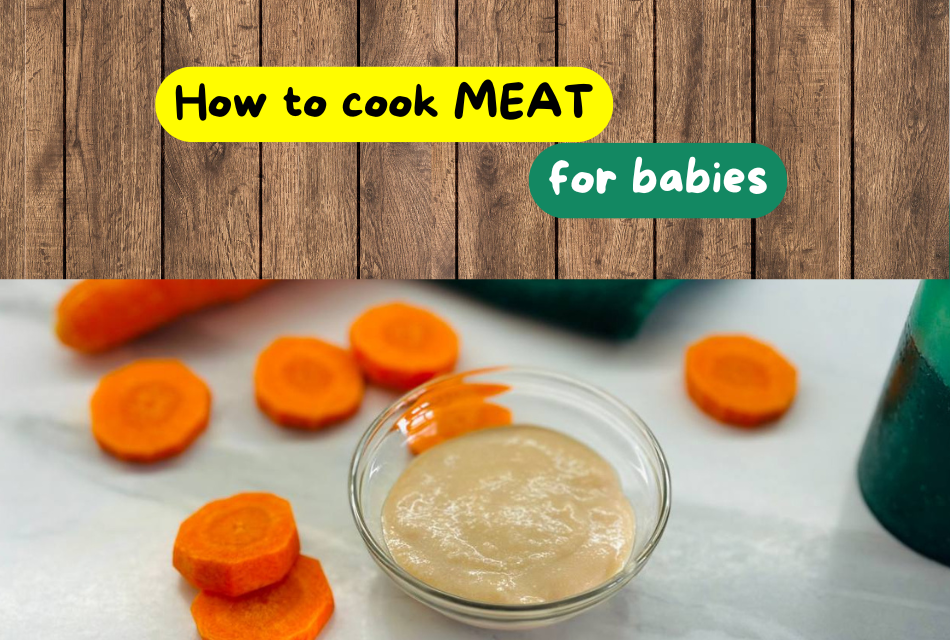
If you’re wondering how to cook meat for babies, you’re in the right place! At 6-8 months, babies are ready for more variety, and introducing meat can provide essential nutrients like protein, iron, and zinc. In this article, I’ll share some easy and delicious recipes that are perfect for babies at this stage. These recipes are not only nutritious but also simple to prepare, ensuring your little one gets the best start to their solid food journey.
1. Chicken and Sweet Potato Puree
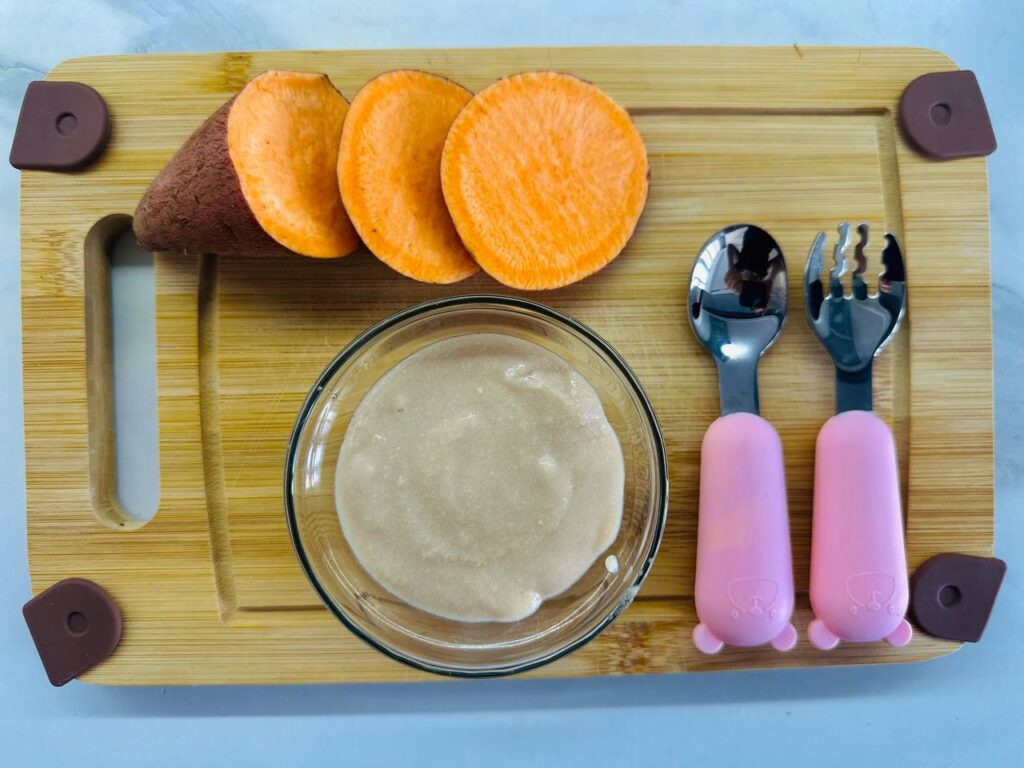
This recipe combines lean chicken with the sweetness of potatoes, offering a nutrient-dense meal that’s easy to eat and digest for your baby.
Ingredients:
- 1 small chicken breast (boneless and skinless)
- 1 medium sweet potato
- ½ cup water (or breast milk/formula)
Preparation:
- Peel and chop the sweet potato into small cubes.
- Steam or boil the sweet potato until soft (about 15 minutes).
- Meanwhile, cook the chicken breast in a small amount of water or broth until it’s fully cooked (about 10-12 minutes).
- Once the chicken is cooked, chop it into small pieces and blend it with the cooked sweet potato.
- Add water, breast milk, or formula to achieve a smooth consistency.
Nutritional Benefits:
- Chicken is rich in protein, which supports growth and muscle development.
- Sweet potatoes provide fiber, vitamin A, and antioxidants for immune health.
2. Beef and Carrot Puree
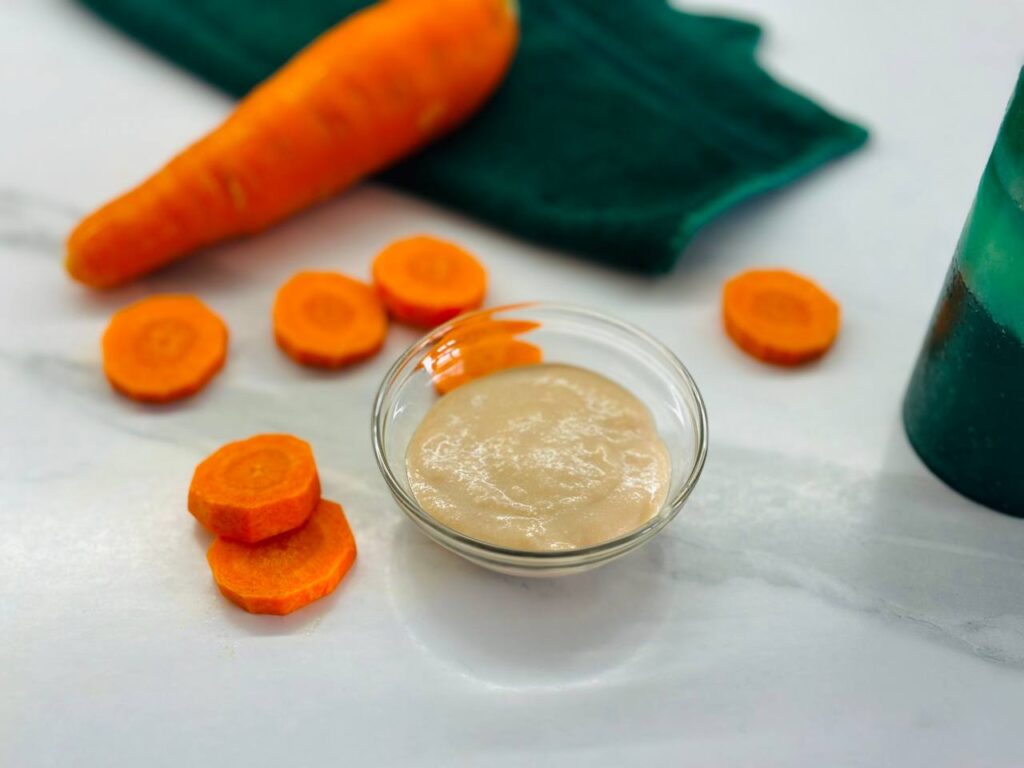
Beef is a great source of iron, which is vital for your baby’s development. This recipe blends beef with carrots for a nutrient-packed puree.
Ingredients:
- 3 oz lean beef (preferably grass-fed)
- 1 medium carrot
- ½ cup water (or breast milk/formula)
Preparation:
- Peel and chop the carrot into small pieces.
- Steam the carrot until soft (about 10-12 minutes).
- Cook the beef in a small amount of water until fully cooked, then chop it into small pieces.
- Blend the beef and carrot together, adding water, breast milk, or formula to get a smooth texture.
Nutritional Benefits:
- Beef is rich in iron, which supports red blood cell production and brain development.
- Carrots provide vitamin A and fiber to support healthy vision and digestion.
3. Turkey and Pea Puree
Turkey is another lean protein source that’s great for babies. Paired with peas, this recipe offers a sweet, mild flavor your baby will love.
Ingredients:
- 2 oz ground turkey (preferably organic)
- 1/2 cup peas (fresh or frozen)
- ¼ cup water (or breast milk/formula)
Preparation:
- Cook the ground turkey in a pan, breaking it apart until it’s fully cooked.
- Steam the peas until tender (about 5-7 minutes).
- Blend the turkey and peas, adding liquid to reach the right consistency.
Nutritional Benefits:
- Turkey provides lean protein and zinc for growth and immune function.
- Peas are high in fiber, vitamin C, and antioxidants.
How to Introduce Meat to Your Baby
Introducing meat into your baby’s diet is a great way to ensure they get enough protein and essential nutrients. At 6-8 months, you can start with small portions of pureed meat, ensuring it’s well-cooked and easy for them to swallow. If you’re concerned about allergies, introduce new meats one at a time and wait 3-5 days before trying another to monitor for any reactions. It’s always a good idea to consult your pediatrician before introducing new foods into your baby’s diet.
Tips for Cooking Meat for Babies
- Use lean meats: Choose lean cuts of chicken, turkey, and beef to provide high-quality protein without excess fat.
- Cook thoroughly: Make sure the meat is fully cooked and tender to avoid choking hazards.
- Purée to the right consistency: At 6-8 months, your baby will need smooth, pureed textures. Gradually increase the thickness as your baby gets older.
- Avoid seasoning: Keep the meat as simple as possible. Don’t add salt, sugar, or spices to your baby’s food.
Storing Meat Purees for Babies
If you’re preparing meat purees in advance, you can store them in airtight containers in the refrigerator for up to 2-3 days. For longer storage, freeze the purees in ice cube trays or small portions. When reheating, make sure to warm the puree thoroughly, but never reheat food more than once to maintain safety and nutrition.
Nutritional Benefits of Meat for Babies
Meat is packed with essential nutrients that support your baby’s growth, such as:
- Protein: Important for muscle development and overall growth.
- Iron: Vital for brain development and the production of red blood cells.
- Zinc: Crucial for immune function and growth.
- B Vitamins: Support energy levels, brain function, and nervous system health.
If you’re looking to boost the nutrient content of your baby’s meals even further, you might consider adding bone broth to their diet. Bone broth is packed with collagen, amino acids, and minerals that support healthy bone and gut development. To learn more about how to incorporate bone broth into your baby’s meals, check out my article on Bone Broth for Babies for some tips and recipes.
FAQ: How to Cook Meat for Babies
1. When can I start feeding my baby meat?
Most babies can start eating meat around 6-8 months when they are ready for solid foods. Always consult your pediatrician if you have concerns.
2. How do I cook meat for babies without making it tough?
Make sure to cook the meat thoroughly and blend it to a smooth, easy-to-swallow texture. You can also steam or slow-cook meats to ensure they’re tender.
3. Can I use store-bought baby food meat jars?
Yes, store-bought pureed meats can be convenient, but homemade purees allow you to control the ingredients and texture.
4. How should I introduce new meats to my baby?
Introduce one new meat at a time and wait 3-5 days before introducing another. This will help you monitor for any allergic reactions.













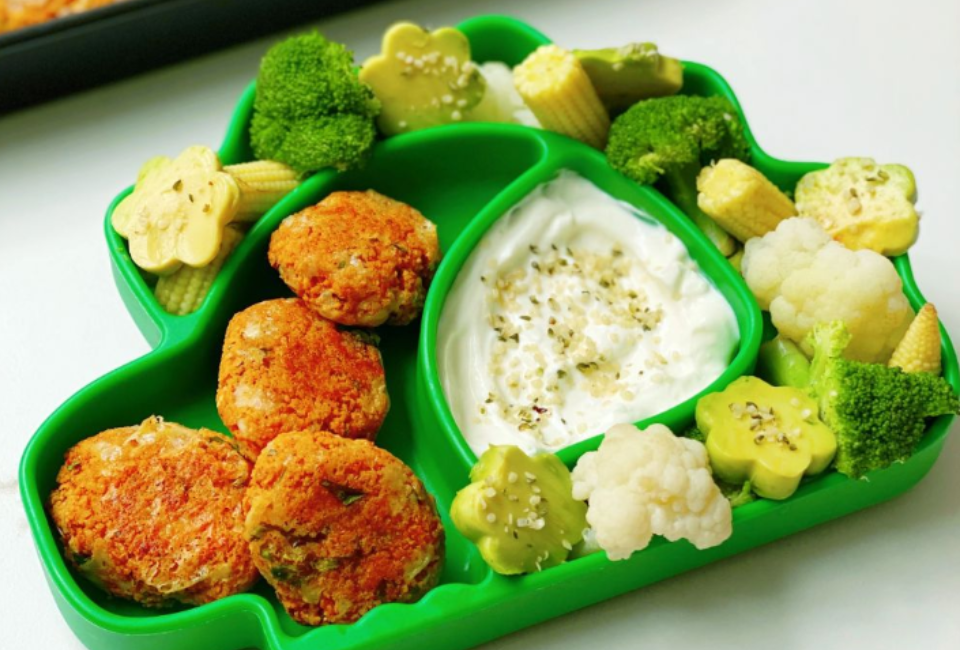
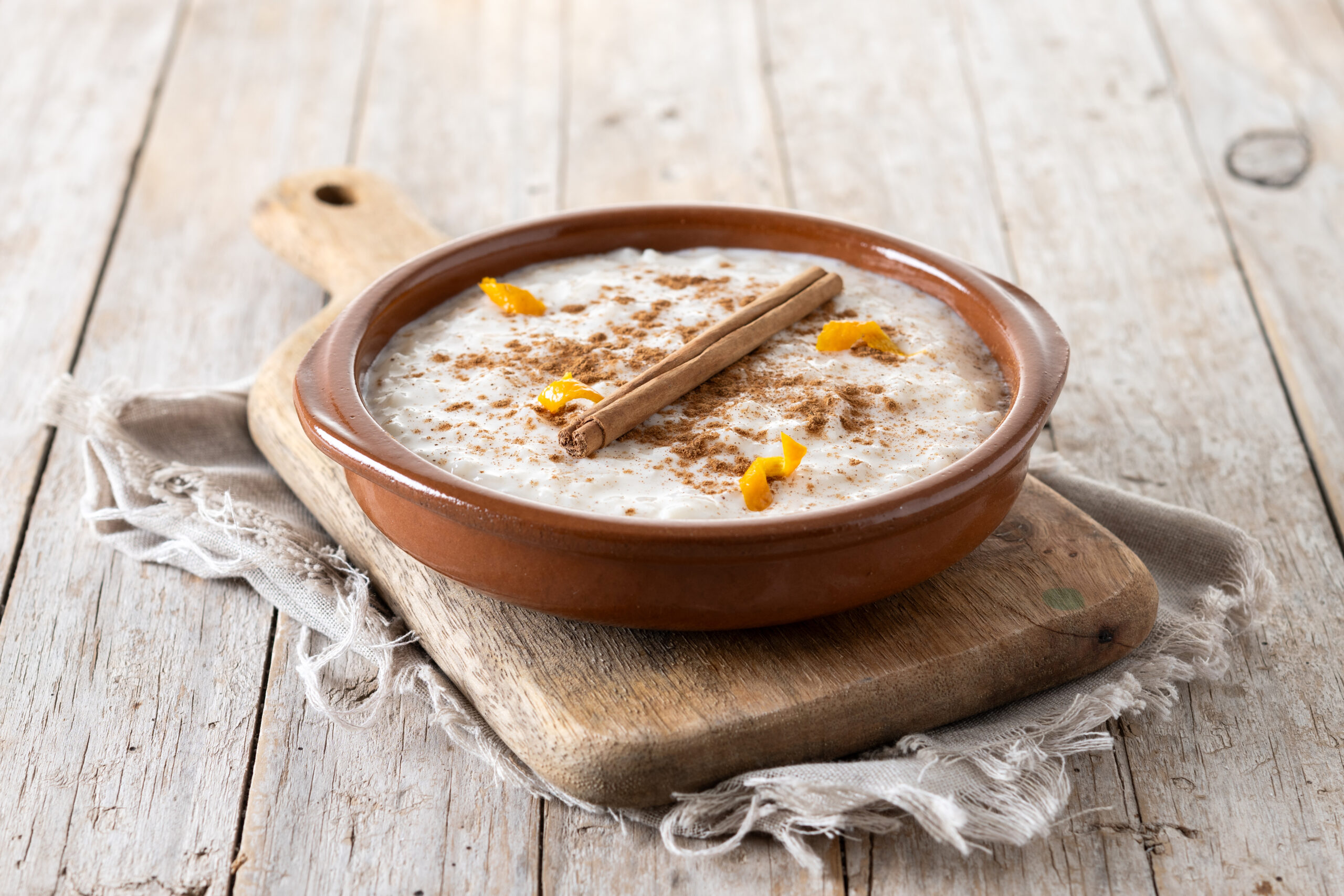
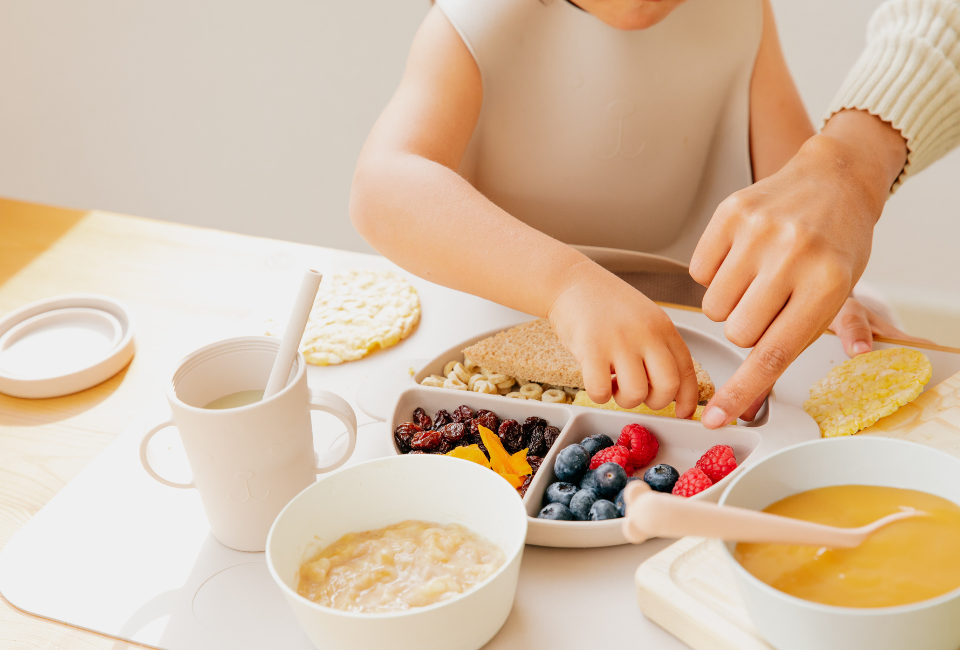
Leave a Reply